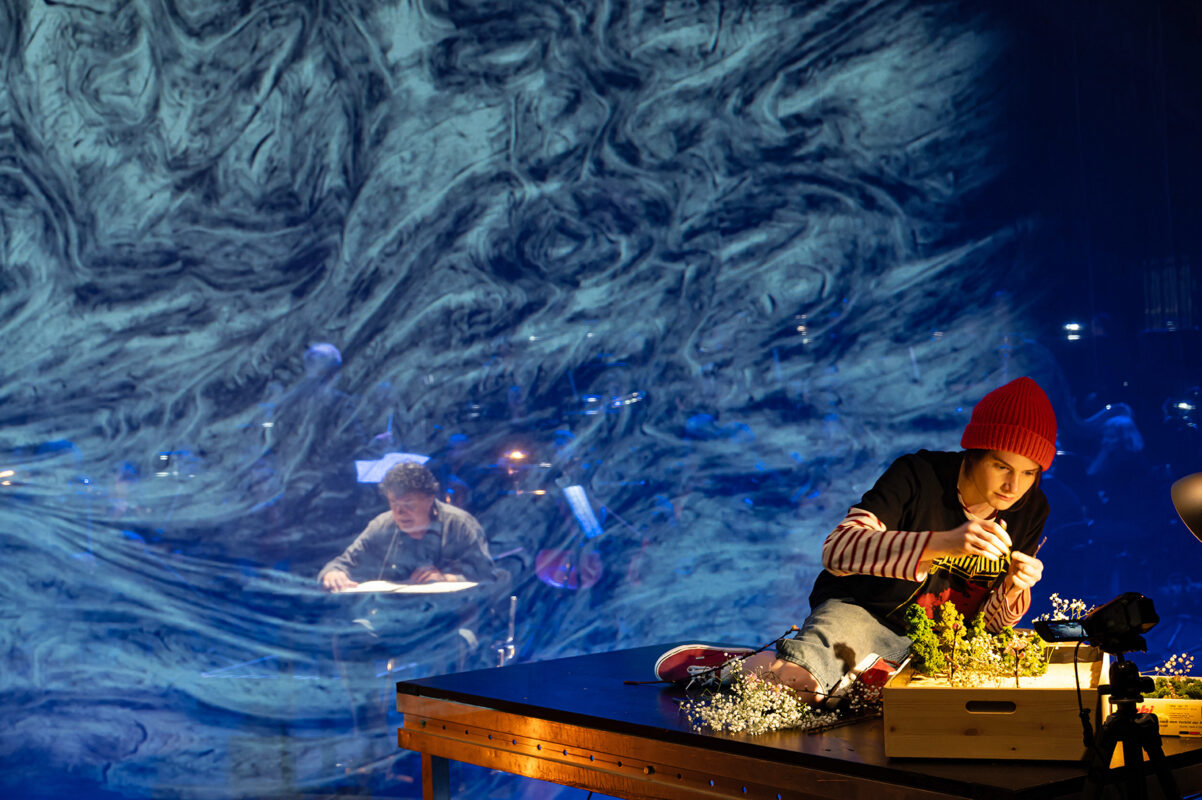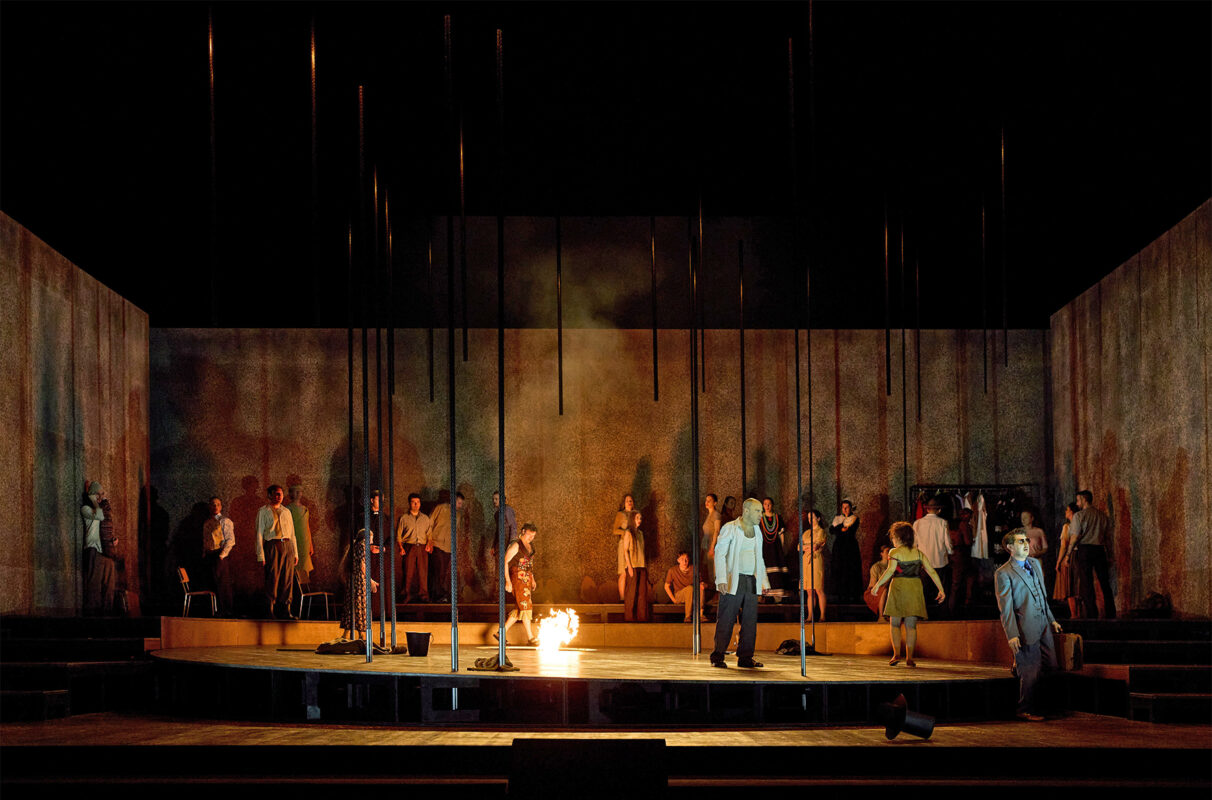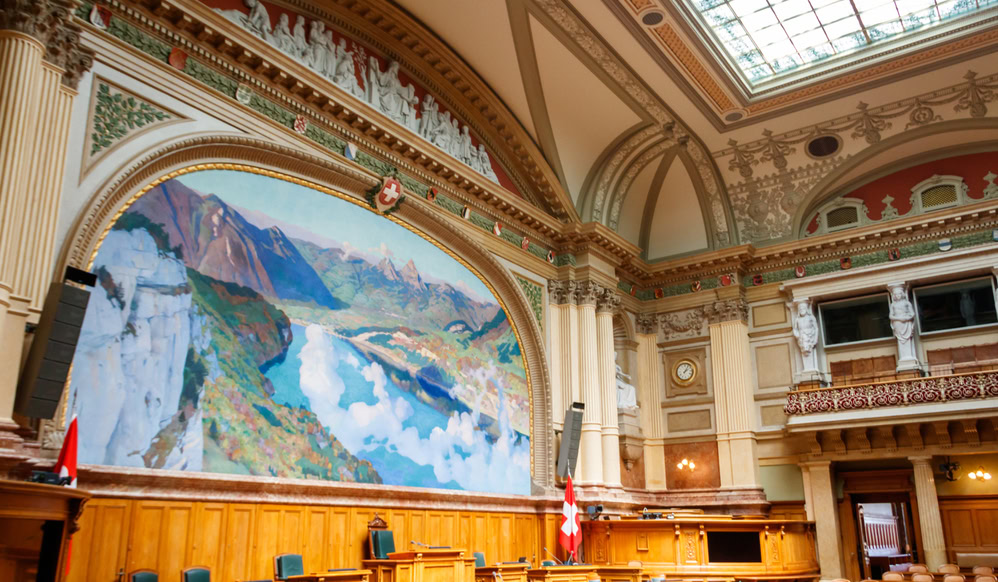The victims of today
Around 80 young people transform Stravinsky's ballet "Le Sacre du Printemps" into an indictment of war and refugee misery.
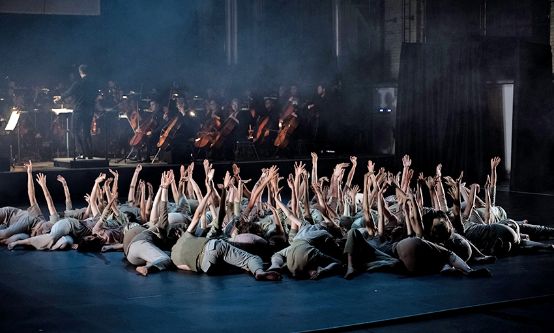
A virgin dances herself to death during a sacrificial ritual so that a rich harvest may be reaped in the fall. The pseudo-archaic subject matter of the ballet Le Sacre du Printemps together with Vaslav Nijinsky's deliberately primitive choreography, provoked one of the most notorious scandals in music history and made the composer Igor Stravinsky world-famous in one fell swoop. However, this is material that no longer attracts anyone from behind the stove and, above all, no young people to the dance stage. War, climate and refugees are the topics that move us.
At least that Musikkollegium Winterthur come to this conclusion. In the context of "Le Grand Rituel"a festival that revives the twenties and thirties from June 4 to 18, together with the Iberacademy Orchestra Medellín and around 80 young people, it is bringing back this very era. Sacre on stage. The pupils from Wetzikon, Zurich and Winterthur were to be introduced to classical music with this project, for which they rehearsed for a year - and few pieces in the repertoire are as suitable for this as the Sacre. For if the period after the First World War, the time that "Le Grand Rituel" celebrates, was one of artistic awakening to the modern age, then the 1913 Sacre as a kind of starting signal for this development. This music, which explores extremes, still sounds fresher and more modern than much of what was written later.
Discrepancy between message and mood
In the Sacre 2022as choreographer Josef Eder calls the community dance project, the individual parts were renamed and given current themes: Germ, Awakening in the Here and Now - Accusation and Self-empowerment - Initiation - Test of Strength ... But you didn't actually need the titles to understand what it's all about. Because even before the actual performance on June 10 in the foyer of Hall 53 of the former foundry on the Sulzer site, the prologue made everything clear. While the audience was still comfortably sipping their beers, ragged figures with dirt-smeared faces mingled with the crowd in pairs, accompanied by an instrumentalist from the Iberacademyand presented the reality of life for refugees and refugee children. They administered vital water to each other drop by drop or shrieked heart-rendingly. And it was here, or more than here, that one became aware of the problem of the evening due to the external circumstances. The audience, which consisted mainly of families and friends of the protagonists, did not allow the urgency of the message to distract them from the good atmosphere and the Cüpli and visibly enjoyed watching the hustle and bustle of the offspring. With so much concentration on the messengers, the message faded completely into the background.
-

© Musikkollegium Winterthur - by jantofilm GmbH
War, the oversized ritual
That was a shame, because the message was presented with considerable effort and quite skillful tricks. For example, the ragged figures united towards the end of the prologue and chanted slogans - "Tanks roll, children die" - rhythmically accentuated and with the same shifts in emphasis that are typical of Stravinsky's music. The actual choreography cleverly replaced the sacrificial ritual with mass scenes, making the war appear as what it is: an oversized ritual in which not individual virgins but whole masses of people are led to the altar. And a simple net hanging from the ceiling became a symbol of insurmountable boundaries and irresolvable entanglements.
-

© Musikkollegium Winterthur - by jantofilm GmbH
The evening was also convincing thanks to the performance of the two orchestras. The Iberacademy, an orchestra that introduces Latin American young people to music and prepares them for the music profession, together with the Musikkollegium under the direction of Roberto González-Monjas, developed the necessary pressure to carry the young dancers through the evening. This was already evident in the opening piece, which fitted perfectly into the setting The iron foundry by Alexander Mossolow. You may have heard it more differentiated, which was certainly also due to the acoustics of the industrial hall, but the wild force of the moment immediately made you forget such objections. The exuberant final applause was biased, but certainly not undeserved. What remains for the performance the day after and the Closing gala on June 18 The only hope is that a somewhat more neutral audience will also appreciate the message.
-
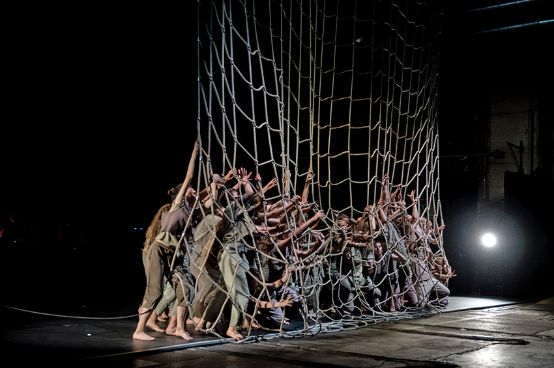
© Musikkollegium Winterthur - by jantofilm GmbH






